Asbestos, once a popular building material, is now known to be a significant health hazard. If your home was built before the 1980s, you may have asbestos-containing materials. Understanding the risks and how to identify asbestos is crucial for your safety.
What Is Asbestos and Why Is It Hazardous?

Asbestos is a naturally occurring mineral fiber that was widely used in construction due to its heat resistance, strength, and insulating properties. However, when asbestos-containing materials are disturbed, they release microscopic fibers into the air. Inhaling these fibers can lead to serious health problems, including:
- Mesothelioma: A rare and aggressive form of cancer that affects the lining of the lungs, abdomen, or heart.
- Lung Cancer: Increased risk, especially for smokers.
- Asbestosis: A chronic lung disease that causes scarring of the lung tissue.
Where Is Asbestos Found?
Asbestos was commonly used in various building materials, including:
- Insulation: Around pipes, boilers, and attics.
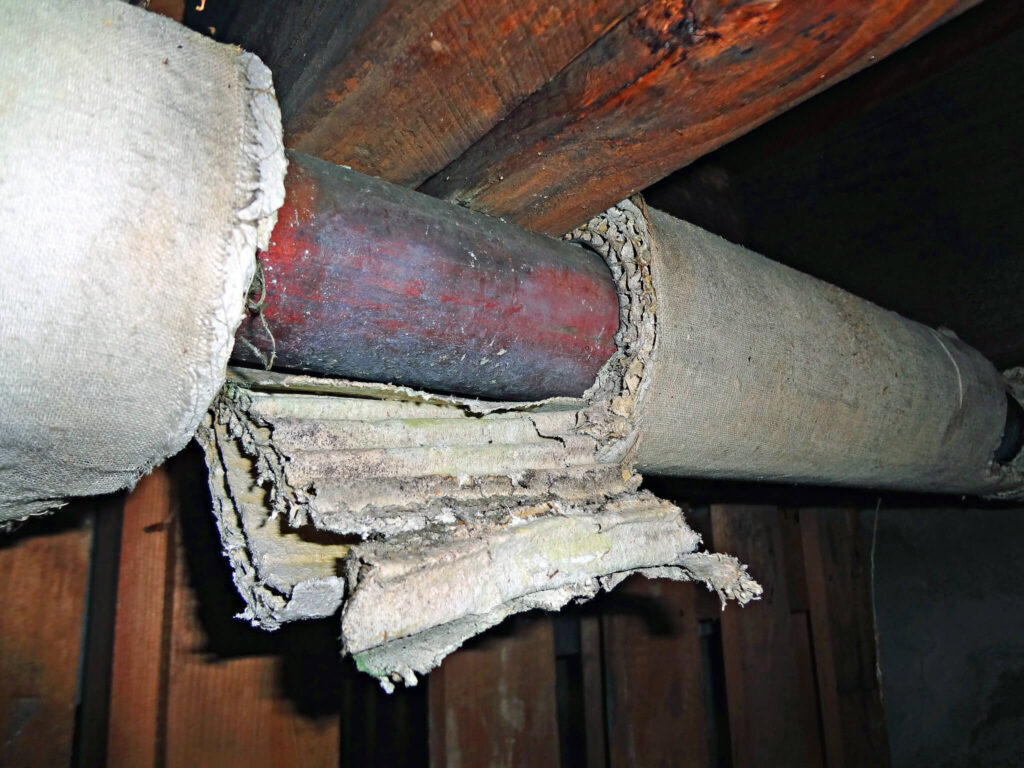
- Roofing Materials: Shingles and flashing.
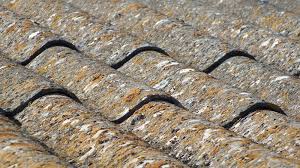
- Flooring: Vinyl tiles and adhesives.
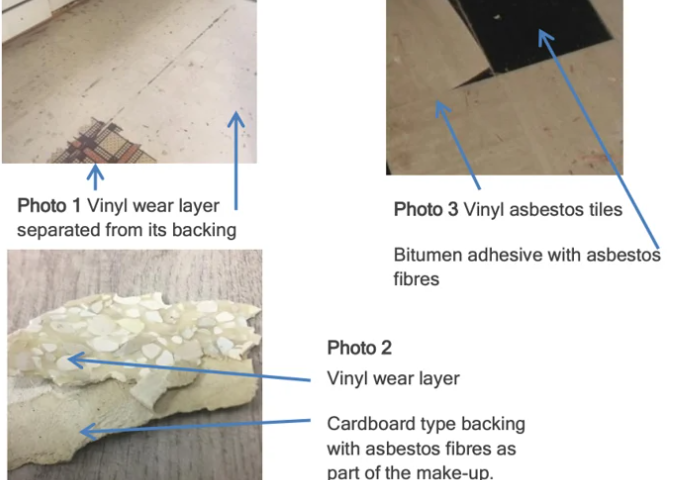
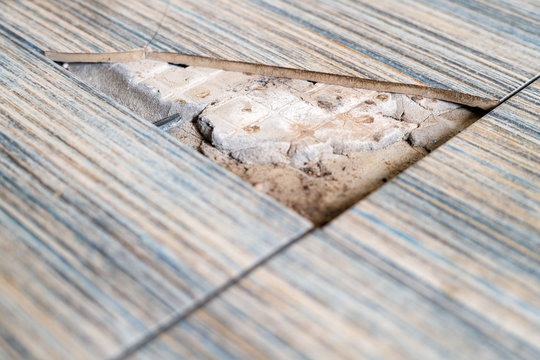
- Ceiling Tiles: Textured ceilings and acoustic tiles.
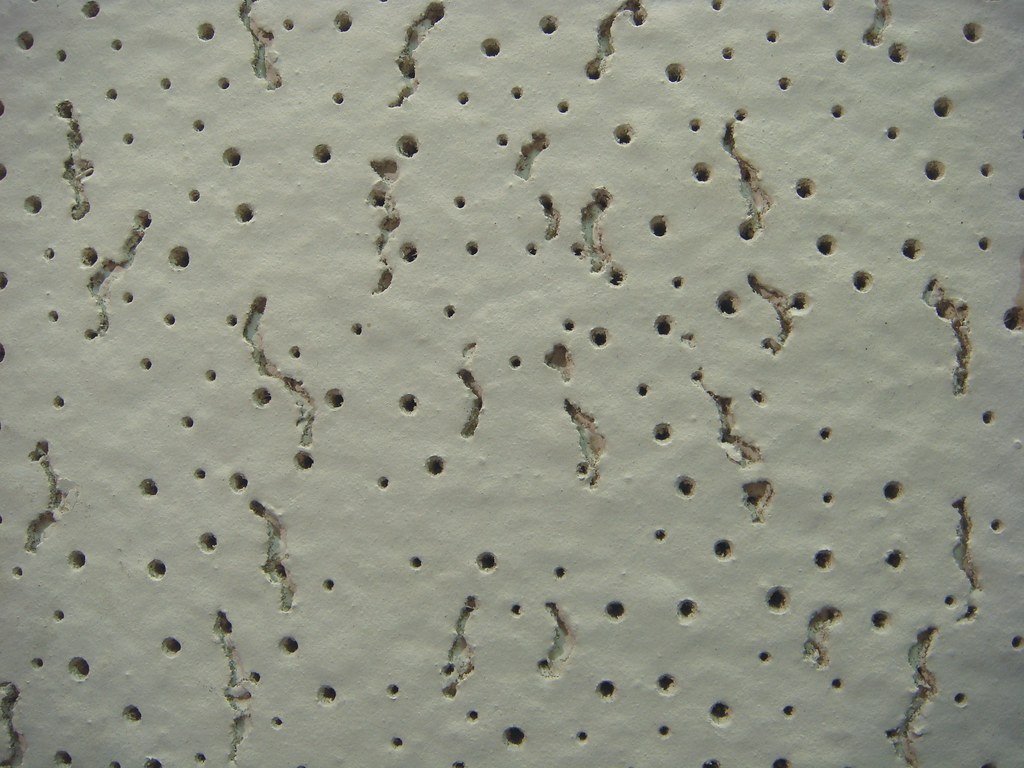
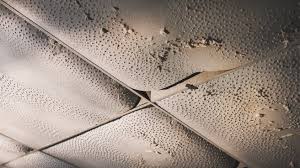
- Drywall and Plaster: Joint compounds and textured finishes.
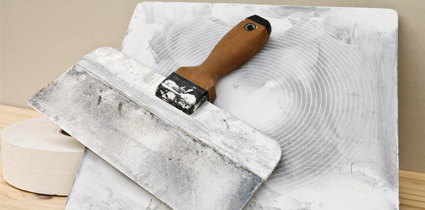
How to Identify Asbestos
It’s difficult to identify asbestos with certainty just by looking at it. However, some visual clues can help:
- Age of the Home: Homes built before the 1980s are more likely to contain asbestos.
- Material Appearance: Some asbestos-containing materials have a fibrous or layered appearance.
- Location: Materials in areas prone to heat or moisture are more likely to contain asbestos.
Important: Do not attempt to disturb or remove suspected asbestos-containing materials. Only a certified asbestos professional can safely test and remove asbestos.
What Should You Do If You Suspect Asbestos?
- Do Not Disturb: Avoid drilling, sanding, or otherwise disturbing the material.
- Hire a Professional: Contact a certified asbestos inspector to test the material.
- Abatement: If asbestos is confirmed, hire a licensed asbestos abatement contractor for safe removal.
Proper Maintenance and Risk Mitigation
- Have older homes inspected for potential asbestos hazards.
- If removal is not feasible, encapsulation can seal the asbestos-containing material.
- After abatement, air monitoring ensures the area is safe.
Conclusion
Asbestos is a serious health hazard that requires careful management. If you suspect asbestos in your home, it’s crucial to seek professional help. Taking the right precautions can protect your health and the health of your family.
